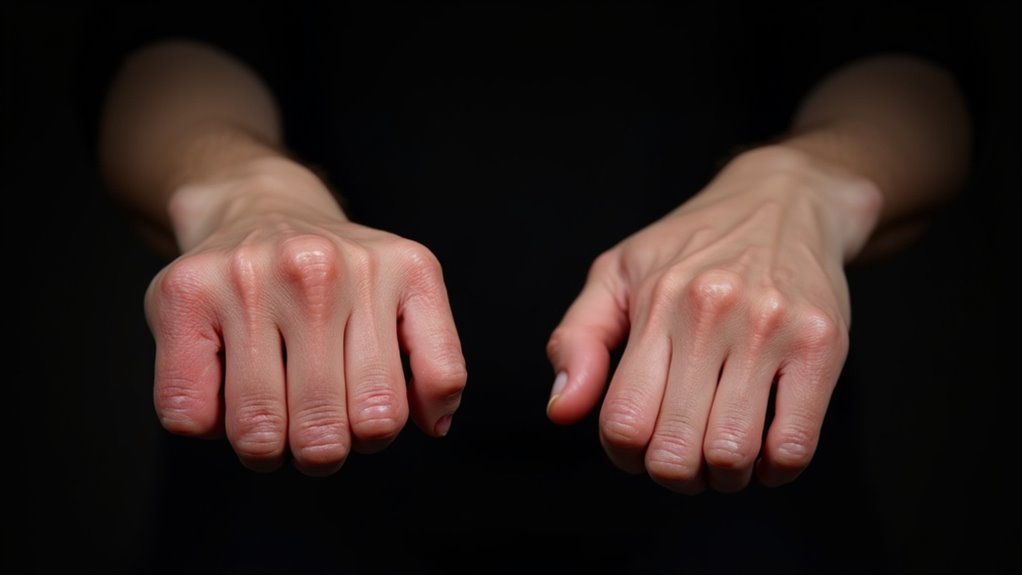
Living with chronic foot pain can feel like a never-ending battle. Every step can be a painful reminder of the condition that holds you back from enjoying life to the fullest. But what if the solution to your foot pain could be found in an unexpected place? Occupational therapy (OT) might just be the help you’ve been searching for—a comprehensive approach that not only addresses the pain but also empowers you to move through your daily life with greater ease and confidence.
Understanding Occupational Therapy’s Role in Foot Care
Occupational therapy is often associated with helping individuals recover from injuries or adapt to physical challenges, but its applications extend far beyond what many realize. For those suffering from chronic foot pain, OT offers a multifaceted approach that targets the root causes of discomfort, provides practical strategies for daily living, and supports long-term foot health.
1. Finding the Right Footwear
One of the first things an occupational therapist might do is assess your footwear. The shoes you wear have a significant impact on your foot health, especially if you’re dealing with conditions like plantar fasciitis, arthritis, or diabetic foot complications. An OT can help you select shoes that provide the right support, cushioning, and fit to alleviate pressure points and reduce pain. They may also recommend custom orthotics or modifications to your existing footwear, ensuring that every step you take is as comfortable as possible.
2. Managing Pain with Practical Techniques
Chronic foot pain can be overwhelming, but occupational therapists are equipped with a variety of pain management strategies that can make a big difference. These techniques might include education on how to apply ice, perform gentle massage, or use over-the-counter pain relief products effectively. Beyond that, OTs can teach you how to conserve energy and pace yourself during daily activities to prevent exacerbating your pain, allowing you to maintain a more active and fulfilling lifestyle.
3. Adapting Daily Activities for Comfort
Everyday tasks can become a burden when you’re dealing with foot pain, but occupational therapy can help you adapt your routine to minimize discomfort. An OT can suggest modifications to how you perform certain activities, such as using assistive devices like canes or walkers to reduce weight-bearing, or incorporating rest breaks into your day to give your feet the relief they need. By making small adjustments, you can significantly reduce the strain on your feet and keep moving forward with confidence.
4. Creating a Safe Home Environment
A safe and supportive home environment is crucial for anyone managing chronic foot pain. Occupational therapists can conduct a thorough assessment of your living space to identify potential hazards that might increase your risk of falls or further injury. They can recommend practical changes, such as removing tripping hazards, installing grab bars, or using anti-fatigue mats in areas where you stand for long periods. These modifications can help you navigate your home more safely and comfortably, reducing the risk of accidents.
5. Strengthening and Stretching for Stability
Strengthening and stretching exercises are key components of managing foot pain, and occupational therapists can guide you through routines tailored to your specific needs. By focusing on the muscles that support your feet and ankles, these exercises can improve stability, enhance flexibility, and reduce the likelihood of future injuries. Whether it’s strengthening your toe flexors, working on your arch muscles, or stretching your calves, an OT can help you build a stronger foundation for better foot health.
6. Enhancing Mobility with Adaptive Techniques
For those with significant foot pain, even simple tasks like putting on shoes or walking can be challenging. Occupational therapists are skilled in teaching adaptive techniques that make these tasks easier. From using a long-handled shoehorn to employing dressing aids, OTs can show you how to maintain your independence without putting additional strain on your feet. They can also work with you on mobility strategies, such as proper use of railings or grab bars, to ensure you move safely and confidently.
7. Supporting Long-Term Foot Health
Occupational therapy doesn’t just address the symptoms of foot pain—it’s about supporting your long-term health and well-being. OTs provide education on proper foot care routines, including hygiene practices, regular nail care, and the importance of monitoring for any changes that could signal potential issues. They can also offer guidance on lifestyle factors like weight management, which can have a significant impact on foot health. By taking a proactive approach, you can reduce the risk of future complications and keep your feet healthy for years to come.

A Path to Relief + Independence
Chronic foot pain doesn’t have to control your life. With the help of occupational therapy, you can find relief from pain, regain your mobility, and rediscover the joy of living without constant discomfort. Whether it’s through finding the right footwear, adapting your daily activities, or learning new techniques for managing pain, OT provides a holistic approach that addresses your needs and empowers you to take control of your foot health.
If you’ve been searching for a solution to your foot pain, occupational therapy might be the surprising help you’ve been looking for. It’s time to put your feet first and step into a more comfortable, independent future.





